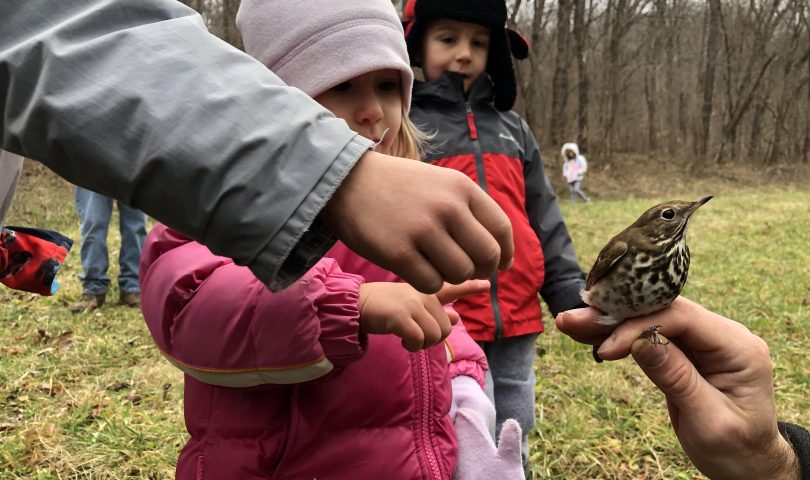On Dec. 17, the Mountaineer Audubon brought together dozens of birdwatchers to participate in a century-old tradition and one of the largest international citizen science projects – the Christmas Bird Count.
Prior to the event’s founding, Americans participated in “side hunts” during Christmas time, competing to shoot the most birds. The National Audubon Society’s Christmas Bird Count was started in 1900 as an alternative – counting birds, rather than hunting them.
The Mountaineer Audubon chapter has been participating in the count since the group’s founding in 1970. Over the years, the count has been an opportunity for beginner and expert bird watchers alike to enjoy the outdoors and learn about local wildlife.
Nearly 8,000 individual birds were tallied during the count, totaling 91 different species. These numbers reveal species on the rise, as well as those declining.
Locally, the number of birds is steadily falling. This follows a national trend of suffering bird populations, with the North American Bird Conservation Initiative reporting more than half of all U.S. bird species on the decline.
“I’ve seen a big decline, and some birds more than others, like grassland birds,” said Mountaineer Audubon Publicity Director LeJay Graffious.
But there are some success stories — peregrine falcons, bald eagles and various types of waterfowl are increasing locally.
Four new species were also spotted this year, including Wilson’s snipe, common yellowthroat, Virginia rail and ring-necked pheasant.
This data is forwarded to the National Audubon’s database, which is then used in global research. Recently, Audubon researchers used Christmas Bird Count data to determine that birds’ winter ranges are shifting northward due to temperature changes. Christmas Bird Count information also contributed to a study finding a loss of three billion birds in North America since 1970.
Birding goes beyond just science – it can also be a fun and relaxing opportunity to learn about the world around you and meet like-minded people.
“You can [bird watch] anywhere, anytime,” said Graffious. “You can do it recreationally in your backyard and don’t have to worry about identifying, or you can get into the scientific part of it.”
For children – and those of all ages – birding can be a formative experience.
The past few counts have included young birder groups, with children who participated saying they look forward to finding birds they don’t see often and having the opportunity to spend time with friends and family. This year, a wildlife instructor led a bird-banding demonstration for the young birder groups.
“These can be transformative experiences that lead to a lifelong appreciation of birds and nature,” said Mountaineer Audubon Vice President Christopher Rota.
Another member shared her childhood memories of birding, and its impact on her.
“I remember curling up in a chair for hours by our family’s feeders in Upstate New York or lying under a tree watching them flit about overhead,” said Sandy Clark. “They bring such joy to my life.”
Mountaineer Audubon offers multiple birding opportunities, including the annual Christmas Bird Count and a migration count in mid-May.
Mountaineer Audubon has also supplied birding backpacks – including identification guides, binoculars and local trail maps – available to check out at all Morgantown Public Library branches.
“It’s just a wonderful activity,” said Graffious. “So get outside and bird.”
To learn more about the Mountaineer Audubon, go to http://mountaineeraudubon.org/.




